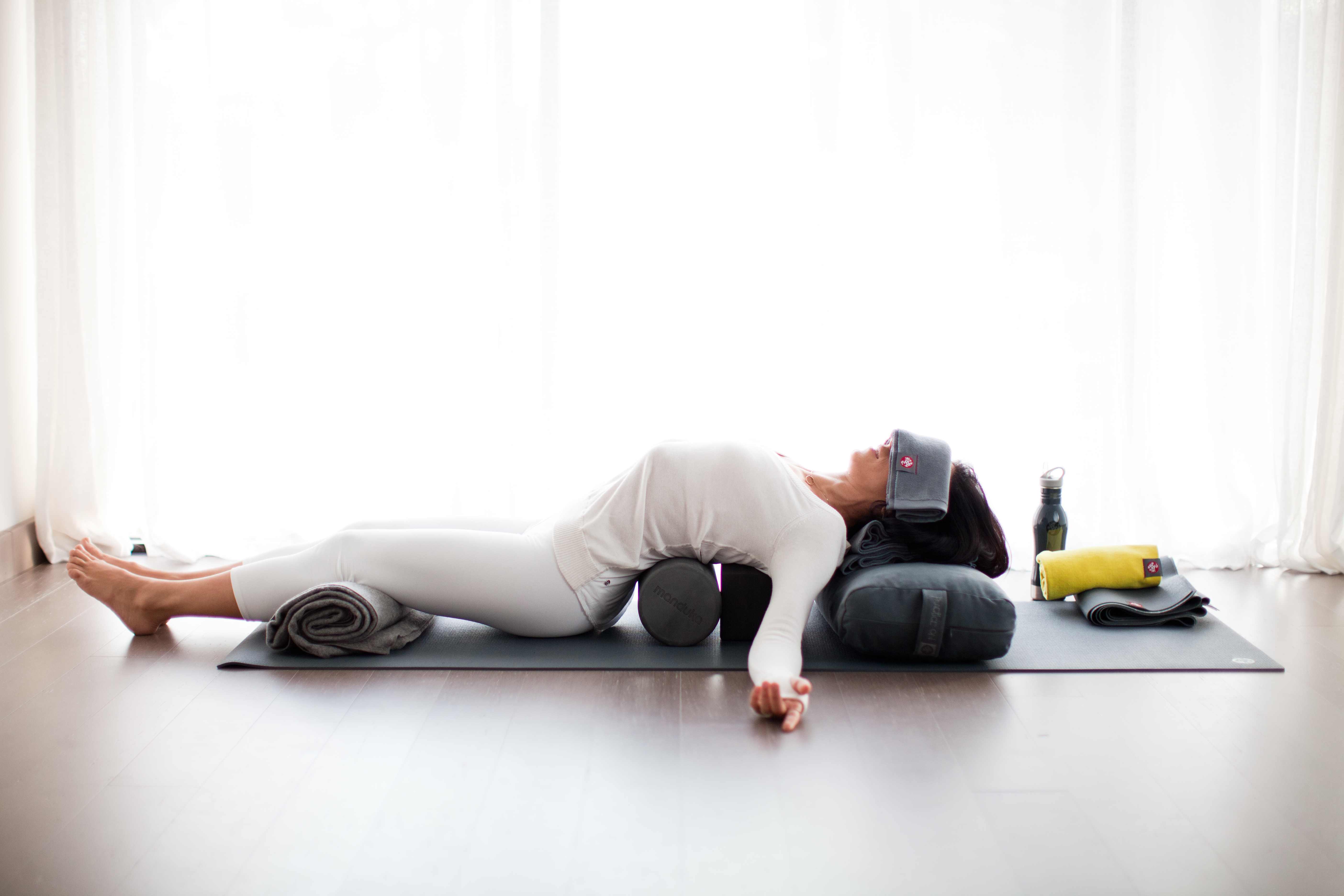BY: TRISHA CURLING
Sleep. Isn’t that one of the most beautiful things in the world? There’s nothing like crawling into bed after a long day and just surrendering to the exhaustion that has taken over your mind and body, sleeping deeply for the next 7-9 hours and feeling refreshed when you wake up in the morning.
That sounds heavenly, but unfortunately is not the case for many of us in today’s world. There are many factors that may contribute to interrupted, unrestful or even no sleep at all. Our perception of stress, shift work, nutrition, undesirable sleeping conditions, parenting, (I was going to say parenting young children here, but this can apply to any age child you are raising lol), or just a busy mind can all have an influence on our sleeping patterns. There are some things we may not have control over at the moment, but there are many ways that we can take some control back by shifting and/or incorporating a few habits that may positively impact our night’s rest.
I’m sure you’ve guessed that I’m going to say that yoga may help in many ways, well, you’re right! Let’s look at the physical practice of the postures and the breath.
The physical asana practice can help to reduce levels of cortisol in our bodies. Cortisol is tied to adrenaline surges, which is a key component in our stress response. Reduction of the levels of cortisol due to a consistent practice may help to boost the parasympathetic response. This can increase our chances of a restful sleep. Our physical practice also helps in reducing muscle tension. Muscle tension can create a sense of anxiousness, therefore also interfering with rest and sleep.
It’s not only our physical practice that can have a positive impact on muscle tension, therefore relaxation and sleep. Yoga teaches us to have a huge focus on our breath on and off of the mat. By dialing into a deeper breathing pattern with proper mechanics (staying away from shallow breathing in the chest) we increase levels of carbon dioxide in order to induce sleep. Give it a try! When you are ready for bed tonight, try inhaling through the nose while expanding your ribcage to each side of the body. Exhale through the nose (with a small closing in the back of the throat). Try to stay focused on not only hearing your breath but also on the sensations it has in various parts of your body. With each exhale, imagine sinking deeper into your bed and letting go of any tense areas in your body. This can help you fall asleep before you know it. Even if you wake up in the night, don’t be discouraged. Just repeat the breathing you used to fall asleep initially. Most importantly, be calm and patient with yourself. It may take time to develop this practice just like anything else, but with more consistency, you may find improvement.
Sleep is a vital component of our health and should be a priority. I know it can be easier said than done, but starting with the intention, making it more real by writing it down as a goal, and then actually putting some of the tools mentioned above into practice may help you to be on your way to a more restful and fulfilling night’s sleep.

